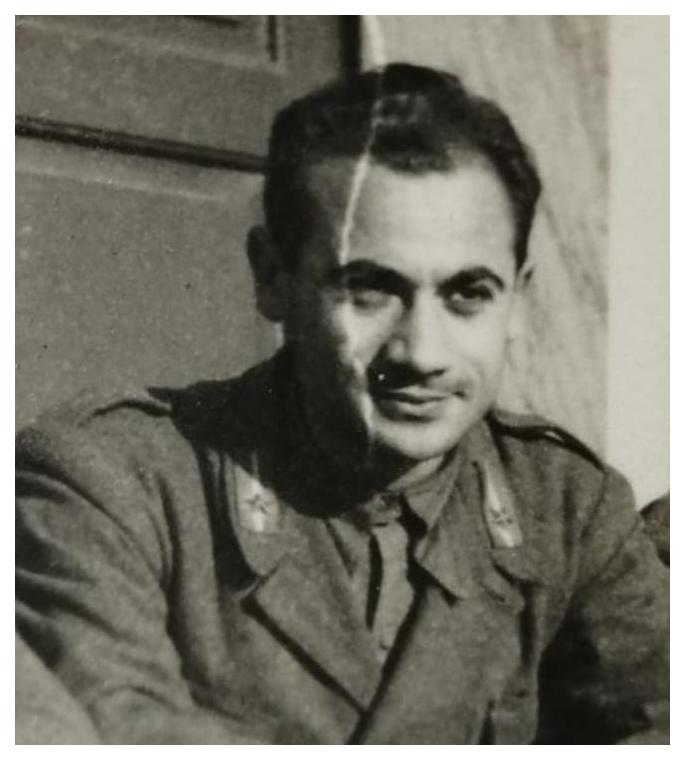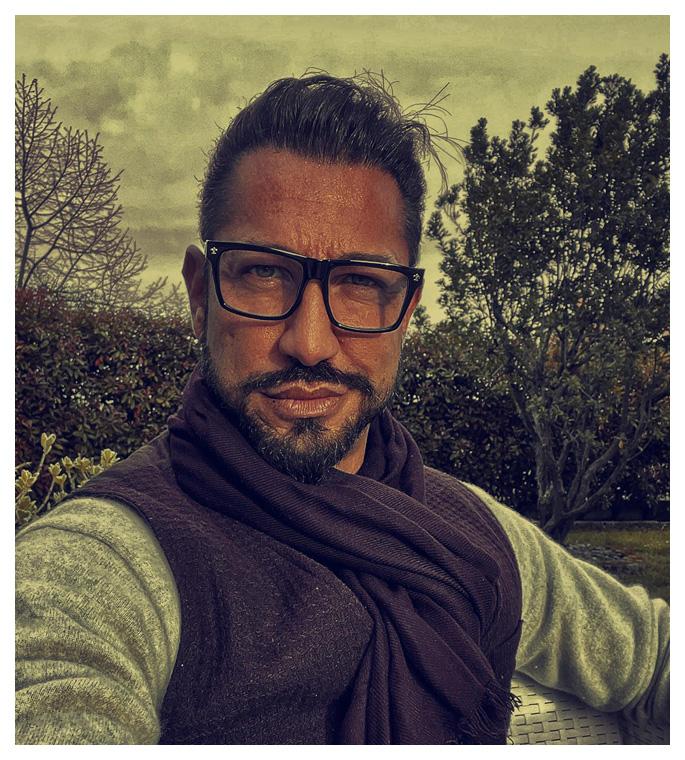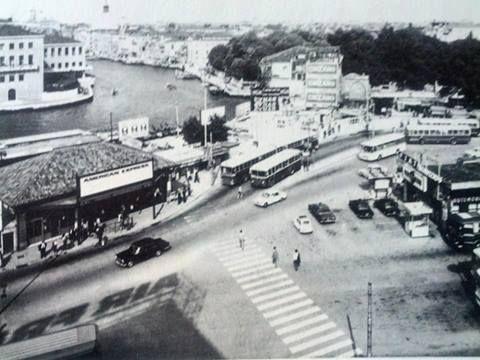OUR HISTORY
Our story is plain
Everything began with my grandfather in 1921

Nazzareno Forlini
He moved from Ascoli Piceno (his hometown) to Venice where he met a priest who was in charge of restoring ancient stained glass windows and chandeliers in churches and began working with him. Thus was born "P.R.O.D.A. Produzione e Riparazione Oggetti d’Arte e Antiquariato” (Production and Repair of Artistic and Antiques Goods).

Giovanni Forlini
After working alongside his father for years in the craft workshop, he succeeds him in the family business and decides to structure the company focusing purely on the restoration and reconstruction of antique and historical Venetian chandeliers and mirrors.

Roberto Forlini
He takes his father's place in the company, becoming the third Master Craftsman of the family. He structures the company more and gives life to the first Forlini open to the public shop/craft workshop in Piazzale Roma in Venice. He still remains the creative mind and meticulous hand of FORLINI1921 today.

Giovanni Forlini
Having undertaken the professional path of the entrepreneur and not that of the craftsman, he takes over from his father Roberto in the management and development of the company and in the cultural promotion of such a long and interesting family and territorial history, leaving the role of Master Craftsman still today to Roberto.
... and so my life with glass began!
The history of the Forlini family with Murano glass is totally unusual and completely different from that of traditional Venetian families.
It all began in 1921 when Nazzareno Forlini from Ascoli Piceno, who works for the F.S. Ferrovie dello Stato (National Railways), is transferred to the Santa Lucia Station of Venice.
Once settled in the Serenissima, he meets a priest who is in charge of restoring ancient stained glass windows and chandeliers in churches and who has his small workshop in the basements and in the back of the Church of San Simeon Piccolo, right next to the station. Nazzareno therefore, who has always been passionate about manual and artisanal works, begins to work with him, thus learning the historical and traditional techniques and methods.
Over the years, after the priest’s death, he dedicates more and more time to this passion up to making it his main activity. Thus is born “P.R.O.D.A. Produzione e Riparazione Oggetti d’Arte e Antiquariato” (Production and Repair of Artistic and Antiques Goods), the family company/workshop which, through various phases, changes and transformations, reaches the present day.

Meanwhile, also his son Giovanni, who had already followed in his father’s footsteps by going to work for the F.S. and who since childhood had attended Nazzareno’s craft workshop enthused by his passion, begin to officially works alongside his father in the family business, broadening its horizon.
Over the years, then, he naturally takes his father’s place, thus decreeing the second generation of the Forlini craft workshop.
Since he is now the Master Craftsman Forlini, at the end of World War II, he decides to structure the company focusing purely on the restoration and reconstruction of antique and historical Venetian chandeliers and mirrors, targeting it mainly to private customers.
At the same time he also decides to intensify another aspect of his father’s passion and activity, a determining and very important element in the history of the Forlini family: the constant commitment to the finding, recovery, conservation and cataloging of all the historical and ancient components of the chandeliers (cups, leaves, flowers, collars, bushes, cornucopias, crests, arms etc all made of Murano glass, iron stems, pewter and iron bushes).
These treasures come on the one hand from antique chandeliers too damaged or broken to be restored, result of clearing of disused private Venetian buildings or of exchanges with customers, and on the other hand from residues of contemporary or more historical production by old Venetian workshops and ancient Murano furnaces that occasionally needed to free their warehouses to make room for newer and current productions.
The family business and passion continue and history repeats itself with Roberto, Giovanni’s son, who already at the age of 13 demonstrates his innate skill and dexterity and his ability to “steal with the eye” as they say in Venice (learning to do something just by watching others do it).
Thus began the Roberto’s apprenticeship in the craft workshop leading him, at the end of the sixties, to succeed his father Giovanni at the reins of P.R.O.D.A. and later also to his role as Master Craftsman.
We do this job for passion
It's like the sight of a beautiful woman
cause, when I talk about glass, I get goosebumps
Roberto makes this passion his primary activity and his very life, continuing the third generation of the Forlini craft workshop. He dedicates all his strength and time to it, structures the company more and gives life to the first Forlini open to the public shop/craft workshop in Piazzale Roma in Venice.

Roberto, moreover, like his father, understands the importance of the recovery and conservation of the historical and antiques parts of the chandeliers, both from a cultural point of view and for the continuation of his business in full respect of the tradition, therefore he dedicates a lot of time and commitment to their research and retrieval.
Continuing to carry out the restoration and reconstruction of antique chandeliers with the original pieces recovered over the years and with the historical techniques handed down by three generations of Forlini, learned in the beginning from that priest who had initiated Nazzareno Forlini to whom, in turn, they had been handed down from generations of his predecessors, Roberto expands more the horizons of his business by making himself known all over the world, even if mainly in the world of antiques. At this point he decides to move the shop/workshop of Piazzale Roma out of Venice due to the objective logistical difficulties (loading and unloading of goods). He then moves first to the “barchessa” of a Venetian Villa in Chirignago and then, following a violent whirlwind that leaves its mark on the territory and almost destroys the building where the workshop resided, in an estate in Marghera along the SS Romea Street.
The years pass, the old master craftsmen and glassmakers of Venice gradually fail and Roberto, who continues tirelessly with his work, remains the only restorer and reconstructor who respects the ancient traditions and his warehouses become the most important historical archive of elements and components of Venetian chandeliers from all eras, starting from the 18th century.
Towards the end of the 1980s, he moves again, transferring his family, his company and the Forlini workshop to Dogaletto di Mira, a town in the Venetian hinterland famous and prestigious because it was a historic holiday destination for the Doges of the Serenissima Republic (from which its name comes).
In recent years, Roberto is joined by his son Giovanni Jr., who, having undertaken the professional path of the entrepreneur and not that of the craftsman, takes over from his father in the management and development of the company and in the cultural promotion of such a long and interesting family and territorial history, leaving the role of Master Craftsman still today to Roberto.
In 2021 the P.R.O.D.A. company (in its current corporate structure) and the Forlini whorkshp celebrate their 100 years of uninterrupted family activity with the FORLINI1921 brand!
